Artist Lysippos | ||
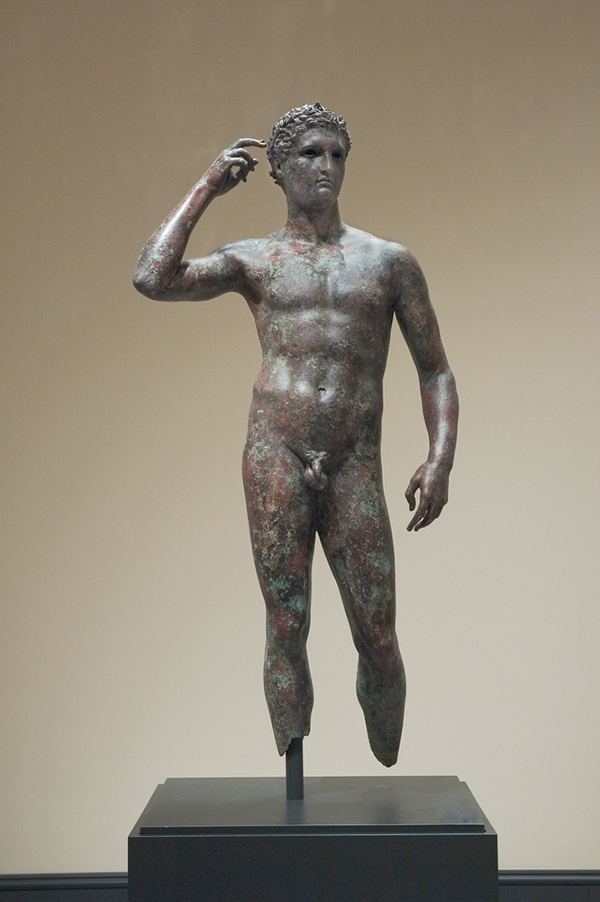 | ||
Similar Lysippos artwork, Other artwork | ||
D victorious youth conference part2
The Victorious Youth, referred to in Italian sources as the Atleta di Fano, is a Greek bronze sculpture, made between 300 and 100 BCE, in the collections of the J. Paul Getty Museum, Pacific Palisades, California. On its first rediscovery Bernard Ashmole and other scholars attributed it to Lysippos, a grand name in the history of Greek art; modern concerns are less with such traditional attributions than with the original social context: where the sculpture was made, for what context and who he might be.
Contents
- D victorious youth conference part2
- Victorious youth getty youth
- Discovery
- Controversies with Italy
- References
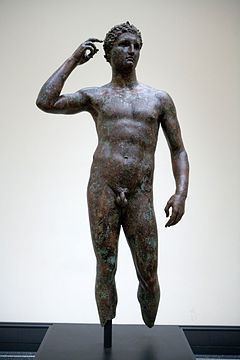
Victorious youth getty youth
Discovery

The sculpture was found in the summer of 1961 in the sea off Fano on the Adriatic coast of Italy, snagged in the nets of an Italian fishing trawler, the Ferri Ferruccio. After some furtive offering on the antiquities gray market and vigorous competition with the Metropolitan Museum of Art, it was acquired by the Getty Museum in 1977.

The sculpture may have been part of the crowd of sculptures of victorious athletes at Panhellenic Greek sanctuaries like Delphi and Olympia. His right hand reaches to touch the winner's olive wreath on his head. The powerful head has led viewers to see it as a portrait; the head was cast separately from the lithe body. The athlete's eyes were once inlaid, probably with bone, and his nipples are in contrasting copper.
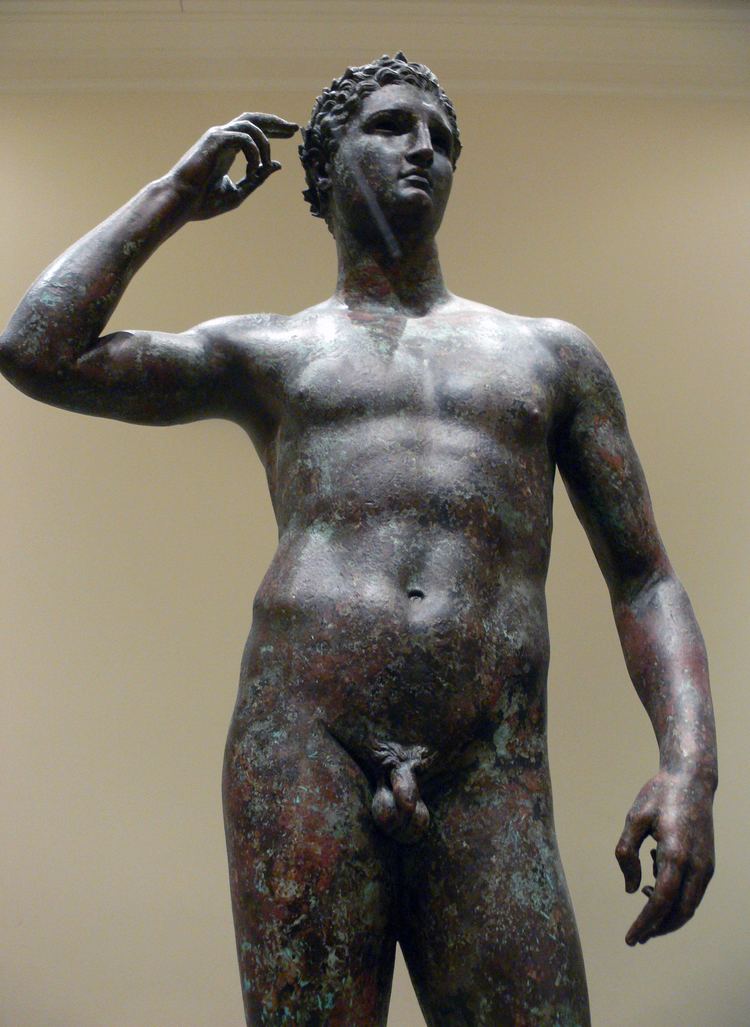
The precise location of the shipwreck, which preserved this object from being melted down like all but a tiny fraction of Greek bronzes, has not been established; it seems most likely that a Roman ship carrying looted objects was on its way to Italy when it foundered. The statue has been roughly broken off its former base, breaking away at the ankles.
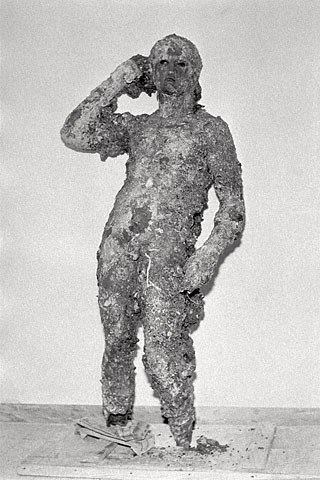
The Italian government has made claims for the return of the sculpture, which the museum has rejected as unfounded.
Controversies with Italy

The Getty Museum is involved in a controversy regarding proper title to some of the artwork in its collection. The Museum's previous curator of antiquities, Marion True, was indicted in Italy in 2005 along with Robert E. Hecht on criminal charges relating to trafficking in stolen antiquities. The primary evidence in the case came from the 1995 raid of a Geneva, Switzerland warehouse which had contained a fortune in stolen artifacts. Italian art dealer Giacomo Medici was eventually arrested in 1997; his operation was thought to be "one of the largest and most sophisticated antiquities networks in the world, responsible for illegally digging up and spiriting away thousands of top-drawer pieces and passing them on to the most elite end of the international art market".
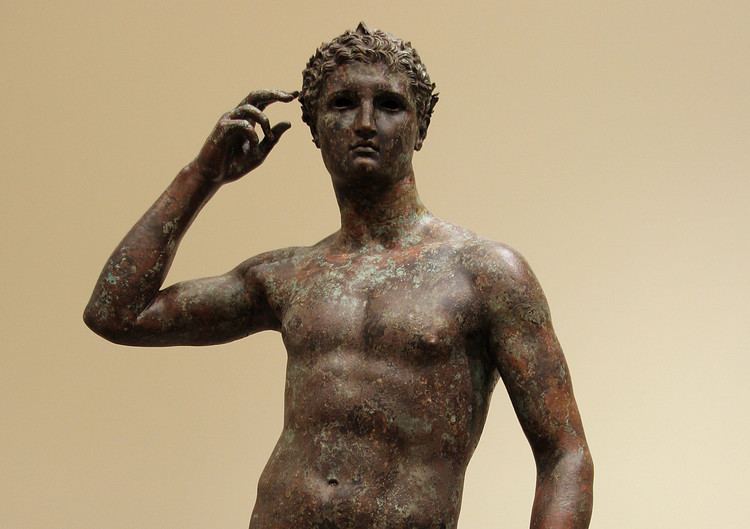
In a letter to the J. Paul Getty Trust on December 18, 2006, True stated that she is being made to "carry the burden" for practices which were known, approved, and condoned by the Getty's Board of Directors. True is currently under investigation by Greek authorities over the acquisition of a 2,500-year-old funerary wreath.

On November 20, 2006, the Director of the museum, Michael Brand, announced that twenty-six disputed pieces were to be returned to Italy, but not the Victorious Youth.
In an interview to the Italian national newspaper Corriere della Sera on December 20, 2006 the Italian Minister of Cultural Heritage declared that Italy would place the museum under a cultural embargo if all the 52 disputed pieces would not return home overseas. On August 1, 2007 an agreement was announced providing that the museum would return 40 pieces to Italy out of the 52 requested, among which the Venus of Morgantina, which was returned in 2010, but not the Victorious Youth, whose outcome will depend upon the results of the criminal proceedings pending in Italy. On the very same day the public prosecutor of Pesaro formally requested that the statue be confiscated as it was unlawfully exported out of Italy, giving rise to a dispute that came to the Constitutional Court.
